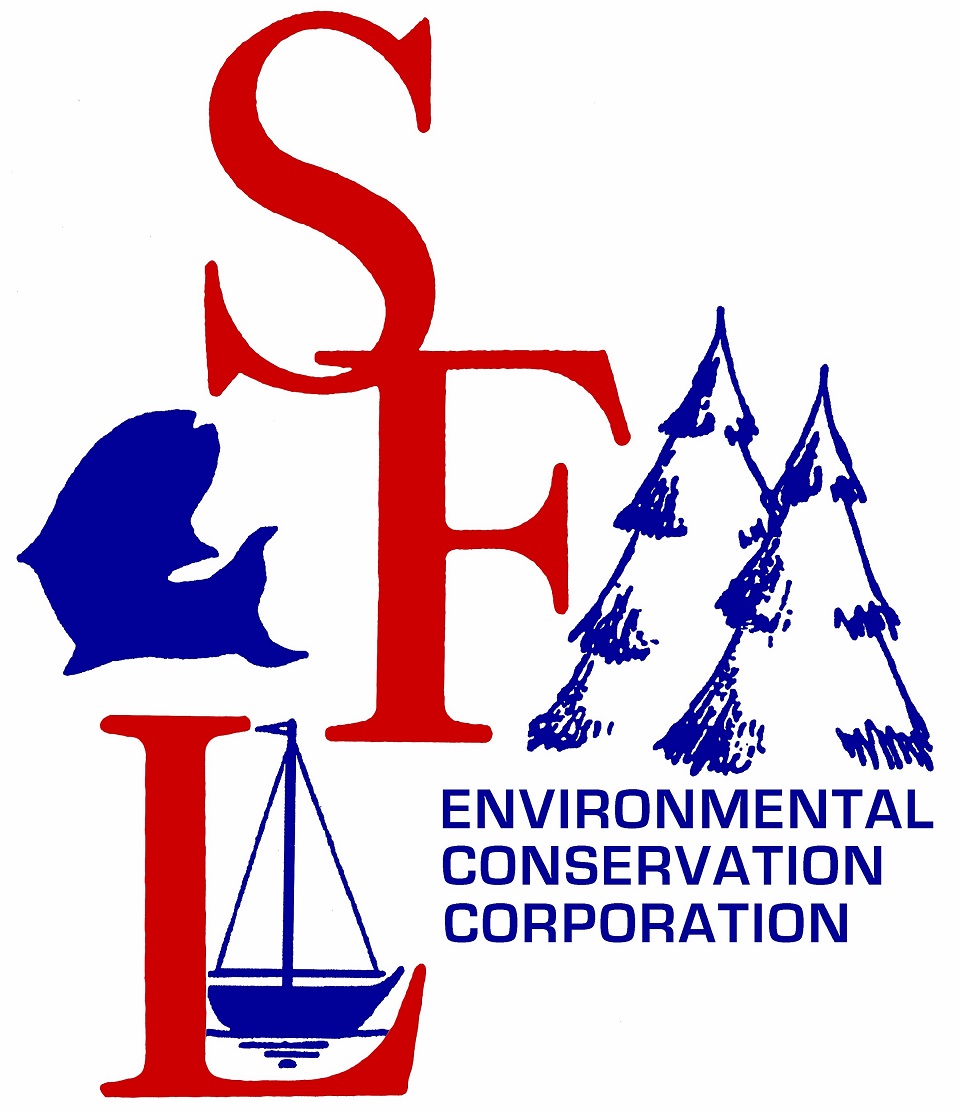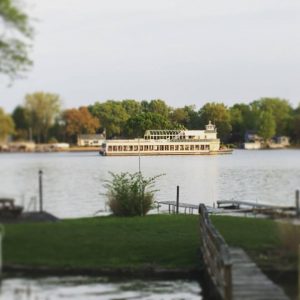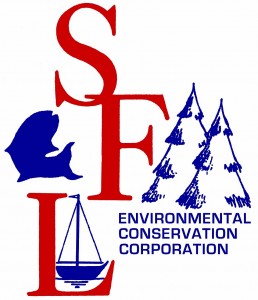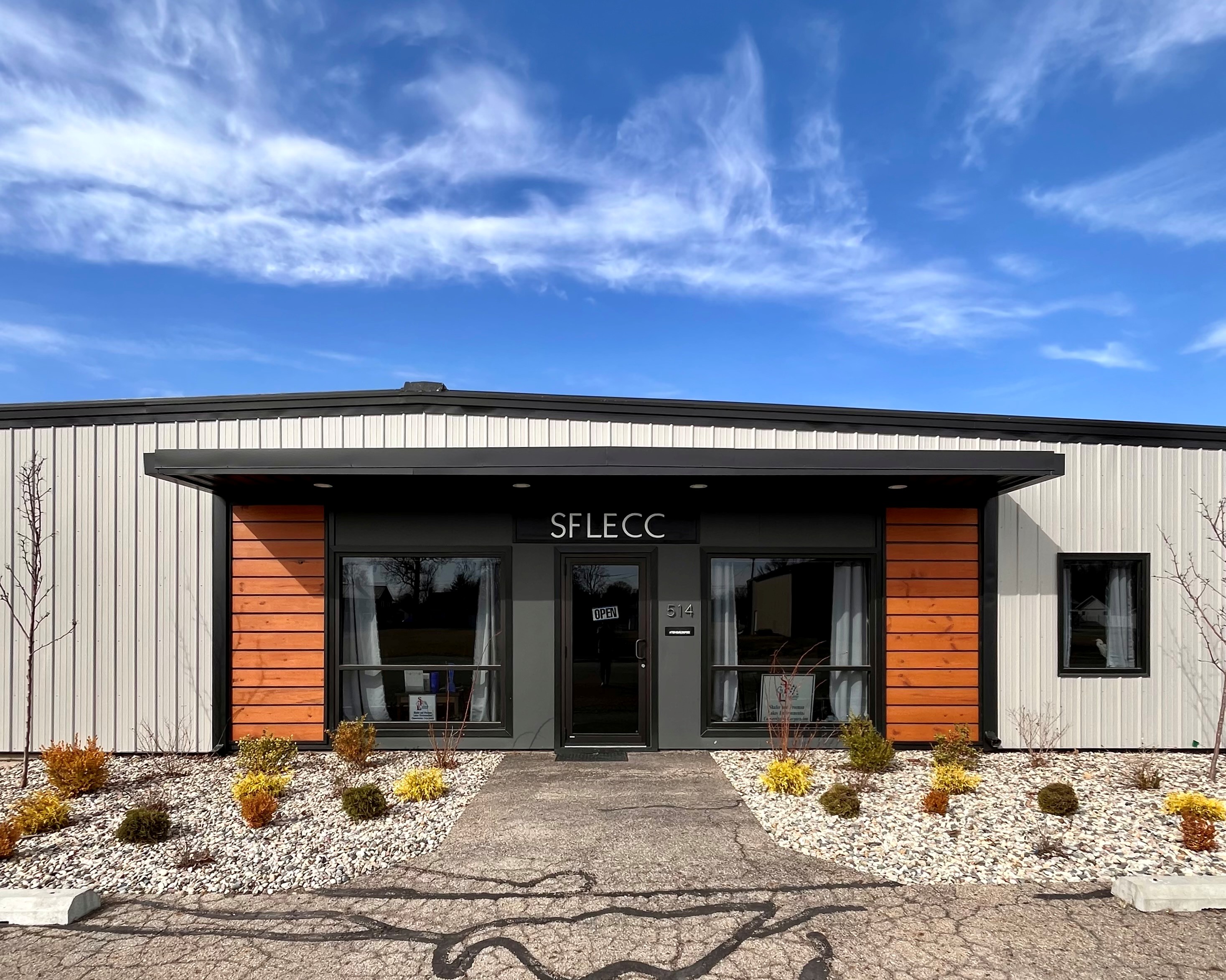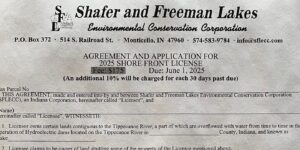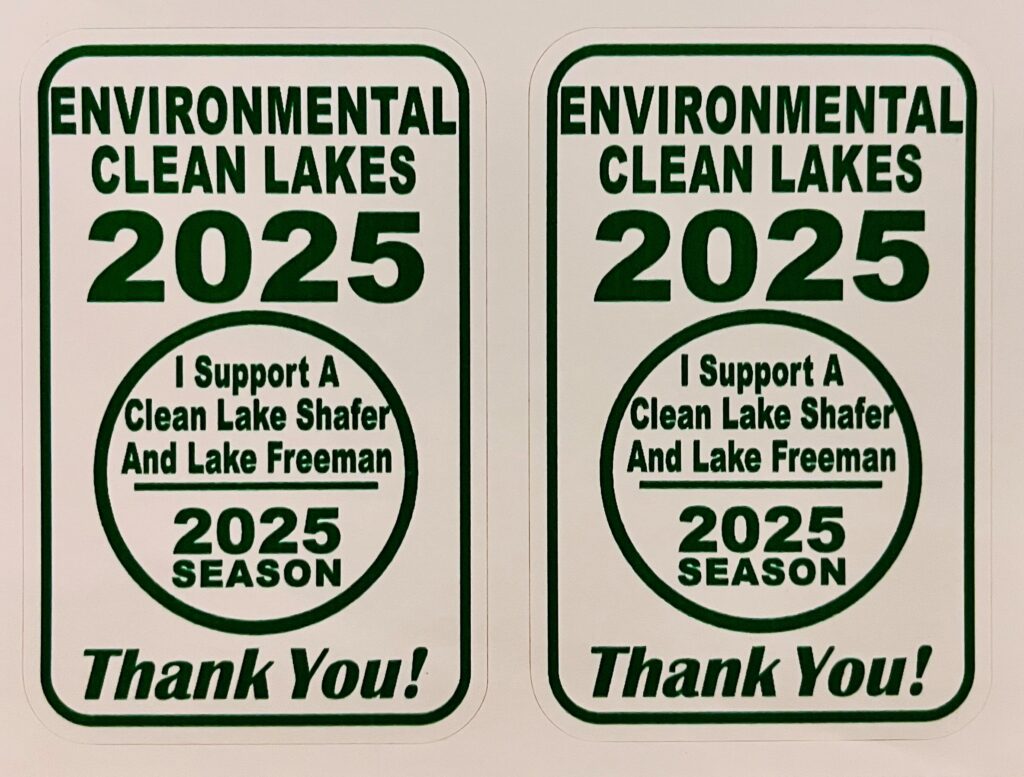Today marks the official start to Lake Season! Please be safe while enjoying the lakes this Memorial Day Weekend!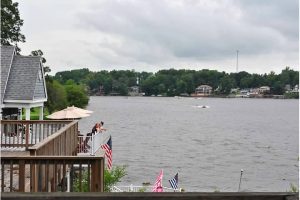
Page 12 of 12
On Tuesday, May 10, 2016, the Federal Energy Regulatory Commission (FERC) will host two meetings regarding the levels of the Lakes. The location will be the Sportsman Inn.
From 9:00 AM to 12:00 PM (EDT) a Technical Conference will be held. This meeting will be attended by FERC, US Fish and Wildlife Service, NIPSCO, SFLECC, and other resource agencies. Discussed will be the various groups’ positions and science. You MUST register to attend this meeting, please call Mark Pawlowski at (202) 502-6052 or send an email to mark.pawlowski@ferc.gov by May 6, 2016.
From 6:00 PM to 9:00 PM (EDT) a Public Meeting will be held. FERC’s staff is providing you with another opportunity for comment, this time on the Draft Environmental Assessment (DEA). A copy of the DEA may be viewed or downloaded at www.sflecc.org. You DO NOT have to register for this meeting.
Anyone may attend either or both meetings. While you can hear the position and science of the various groups invited to the Technical Conference and those invited can see the number of concerned people, the audience will not be allowed to speak. However, at the Public Meeting you will be given the opportunity to speak and FERC staff will be there to answer your questions.
NIPSCO has lifted its Abnormal Low Flow (ALF) Watch. The 24-hour average flow rate at the Winamac USGS Gauge is above 300 cubic feet per second (cfs) and the hourly flow rate at the Oakdale USGS Gauge is greater than 500 cfs. The ALF event was not major. And thanks to NIPSCO’s dam operators, both Lakes’ levels did not go below their normal operational levels.
This season is an example of flooding in the Spring followed by drought in the late Summer. Just proves that nature is too complicated to be quantified by a simple formula.
It’s time to watch the water level of Lake Freeman, because we are entering an Abnormal Low Flow (ALF) event. Lake level values can be seen on NIPSCO’s website, NIPSCOhydro. Lake Freeman’s normal level is 610.35 feet. During normal conditions, NIPSCO can lower Lake Freeman to 610.10 feet. The difference between 610.35 and 610.10 feet is .25 feet or 3 inches. During ALF conditions, the Lake can drop lower than 610.10 feet because of NIPSCO’s temporary variance to its operating license. If past experience holds true, the dam operators will do all they can to keep the Lake levels as normal as possible for as long as possible, so watch the water level of Lake Freeman.
FERC has released its draft Environmental Assessment. Should you wish to read the entire document, as well as the Executive Summary, please visit sflecc.org
SFLECC Press Release
“It could not have been much better” said SFLECC Lakes Level Task Force Chairman John Kopplemann after studying the draft Environmental Assessment (EA) just released by the Federal Energy Regulatory Commission (FERC). “It’s not final, but these are excellent results” added Koppelmann. FERC posted the draft Environmental Assessment on its website and placed it in the Federal Record this week in response to the SFLECC’s protest of the mandate issued by U.S. Fish and Wildlife Service (FWS) for the lowering of Lake Freeman for the purpose of maintaining water levels below Oakdale Dam to keep water flowing over the habitat of the federally endangered mussels.
The Commission found that the FWS’ Technical Assessment Letter (TAL) that requires NIPSCO to release 500 cfs at Oakdale Dam was not representative of “run-of-the-river” conditions and “these drawdowns would result in frequent and substantial adverse effects on other environmental resources associated with Lake Freeman.” (EA Executive Summary vi, paragraph 3). “FERC really dug into the science, and keyed in on the issues and science we presented, and those of its own experts and concurred that the Linear Scaling methodology FWS used to support the TAL was flawed“ added Koppelmann.
The Commission’s draft recommended that NIPSCO cut off generation of energy at both Norway and Oakdale dams during “abnormal low flow” periods and that the lake levels be maintained within .75 feet under normal conditions. FERC concluded that this alternative would “avoid adverse effects from project operations on endangered mussels, while protecting the numerous resources of Lake Freeman that depend on stable lake levels.”
The draft Environmental Assessment was posted five months after SFLECC, local, state and federal legislators as well as a groundswell of local residents posted comments to FERC with their concerns about the deleterious effects of the TAL and lowering of the lakes. “We could not have done this without the tremendous support we received from all of our partners.” added Koppelmann, “I could not be more proud to be part of an organization like the SFLECC for being the voice for our lake property owners.”
SFLECC executive director, Joe Roach cautioned, “this is a preliminary draft from FERC, and we must wait to see how the two federal agencies, FERC and FWS, are able to work out a final agreement; until then, the TAL is still in effect and we are currently looking at the possibility of another low flow event with the lack of rainfall.”
A dedicated website has been established where the public can easily download SFLECC’s legal brief and expert reports.
Visit SFLECC.ORG today!
